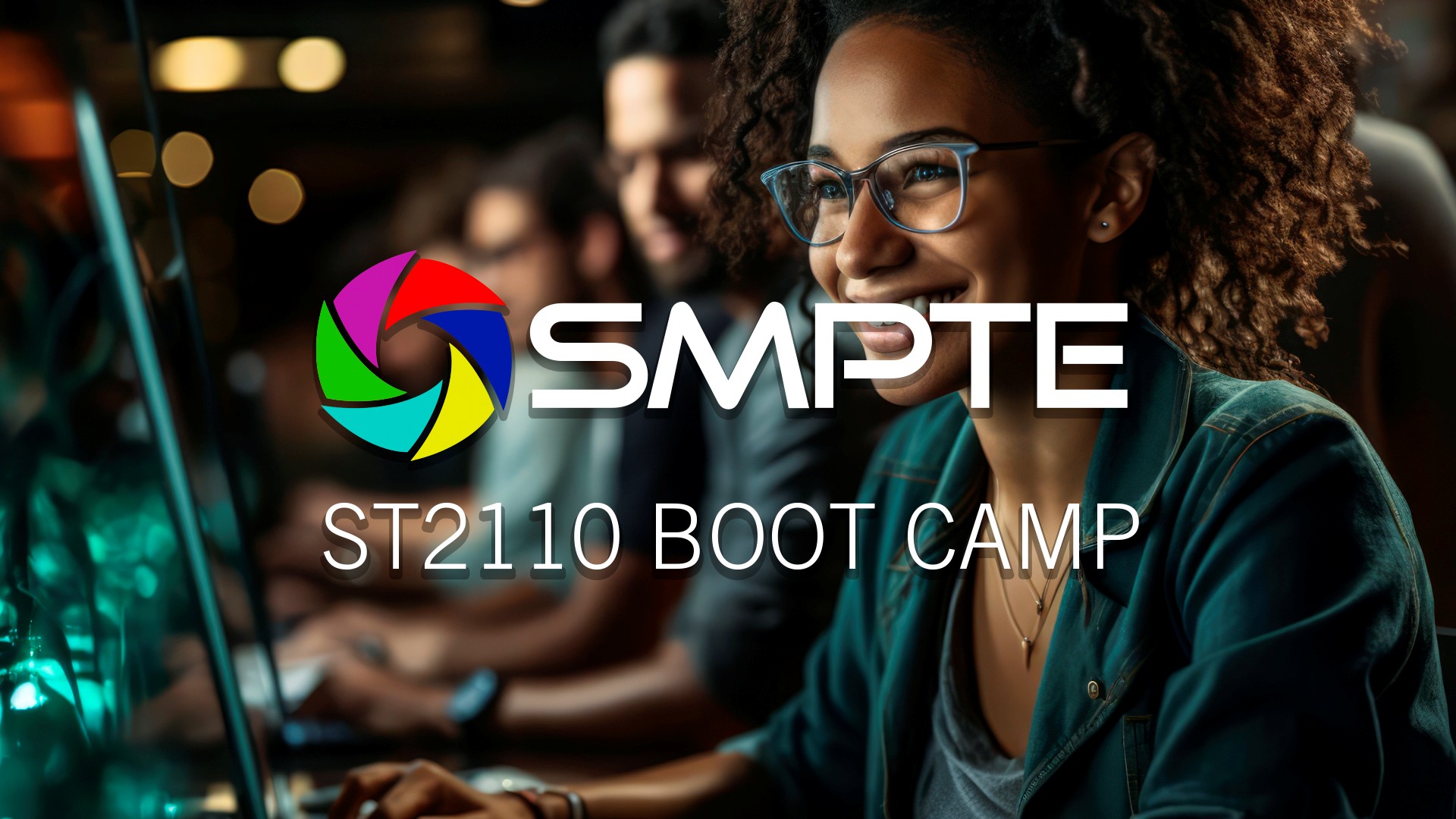Video editing: Collaboration is becoming easier
Standing at a Moviola and Steenbeck may have been a solitary life, but editing is becoming more and more a collaborative undertaking. It may be the executive producer wanting to see how the program is going to turn out to avoid any surprises, or it could be a lead editor with assistants working in parallel to speed up the turnaround of a program.
From video-assist on the camera and through the processes of post production, everyone wants to see what is happening. To the craftsman who wants to wait until the job is finished before raising the curtain, this new open access to all stages of production may seem unwanted. However the pace of modern production, plus the cost of changing the edit at a late stage, means that many parties want to follow the post-production process.
Crews for genres like news and sports need to share material; it is the only way to meet deadlines, to turn content around in minutes.
Collaboration with the flickering window of a film editor was not easy. With videotape editing, several people could sit in the edit bay and watch the job unfold. It came de rigueur for the clients to sit at the back on black leather sofas consuming gourmet snacks while the editor hammered away at the keyboard.
The advent of the non-linear digital editing platform (NLE) introduced a step change. Not only could several people watch the edit progress, but others could also share the source media, maybe for a different edit. In the newsroom someone could be cutting a story for the 6 o’clock news while someone else could be creating an in-depth piece for later in the evening, from the same material and all without dubbing tapes.
Most NLE applications have initially been developed for the single user with direct attached storage. Ten years ago it was common to move jobs between edit bays on hard drives. However, the evolution of technologies such as fiber channel, NAS and SAN opened the way to use a central pool of storage, thus enabling collaboration in the editing of the content in the pool.
News producers immediately saw the benefit of shared storage, with sports producers and any other genre with the need for fast-turnaround editing following in their wake.
The professional video industry's #1 source for news, trends and product and tech information. Sign up below.
Avid has been at the forefront of providing a platform for collaboration, with Interplay and ISIS (formerly Unity). In the news arena Quantel, Grass Valley (Edius and K2) and Harris Broadcast (Nexio and Velocity) all have solutions.
Apple, with Final Cut, has relied on third-party DAM and storage partners, and as Final Cut Pro transitions from 7 to X there is no indication from the company that it will enter the professional market with enterprise applications to support collaboration.
That leaves Adobe. Over the last year or so, more editing professionals are looking seriously at Premiere Pro as a product for prime time. Adobe is very familiar with the enterprise market with its publishing tools based around InDesign, and for document production, with Acrobat. In the video edit space, it is taking a two-pronged approach, developing the user interface for Premiere to better meet the need of fast-working professionals, and at the same time introducing a collaboration platform, Adobe Anywhere. These are complemented with script editing, Story, and Prelude for shot selection and tagging.
There are many other ways to implement a collaborative post-production workflow. Your favored NLE can be integrated with any number of third-party applications for asset management and shared storage. Some are aimed at the news market, other at post production. To read a more detailed look at this topic, catch the feature in the upcoming October 2013 issue of Broadcast Engineering, World Edition, in print, the digital edition or online.
